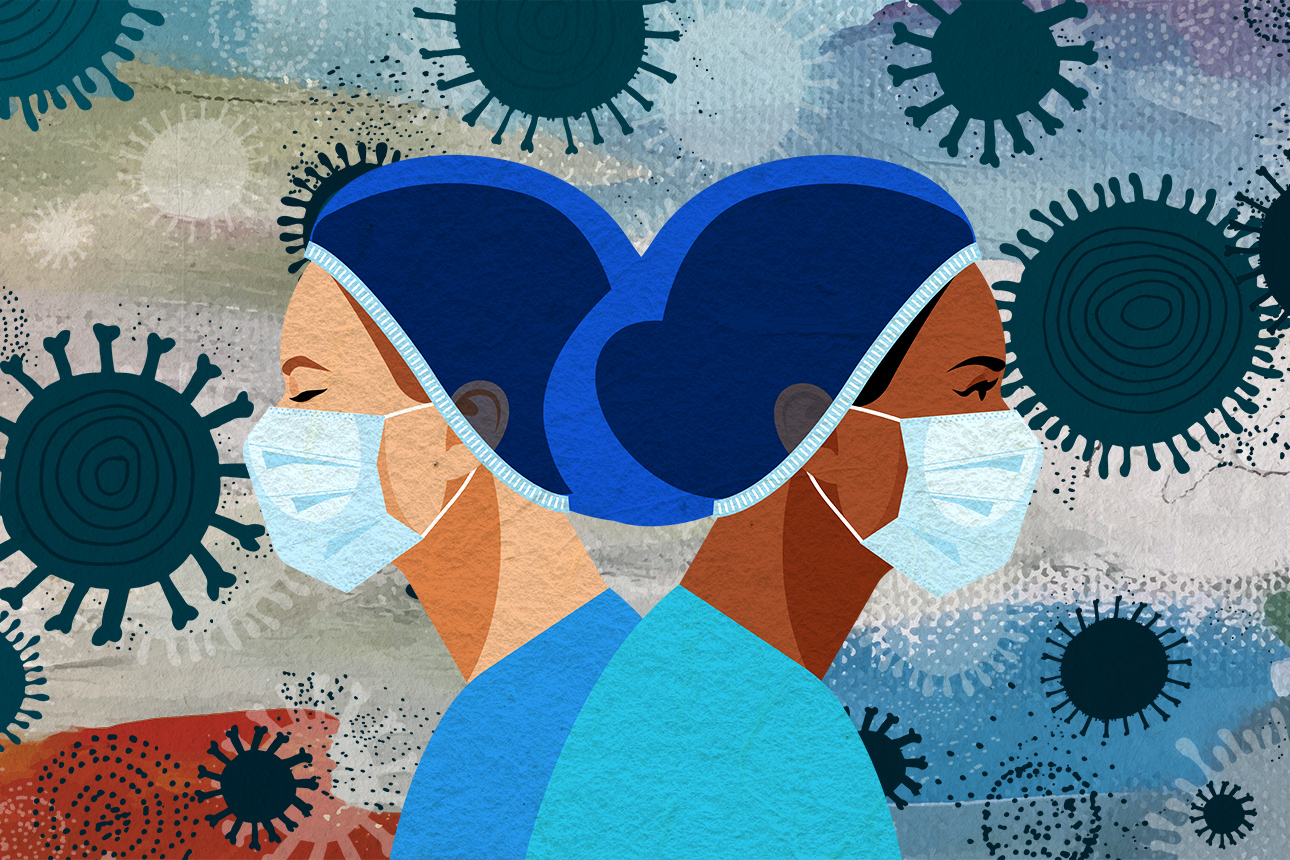The Nursing Shortage Shows Why Industries Must Choose Tech Carefully
With the right technology solutions, companies can aim to relieve rising levels of burnout among health care workers.

More than two years into the pandemic, depleted health care workers have been pushed to their limits. In the U.S., we’re experiencing what Becker’s Hospital Review has described as “an unprecedented nursing shortage.” Overworked and risking their own health — both physical and mental — to provide care throughout multiple surges of COVID-19, nurses are in crisis. Many are leaving the profession — and the problem is global.
The shortage is expected to worsen in the coming years, as baby boomers age and require more care — a scenario that could put many lives at risk: Research shows that hospitals with higher patient-to-nurse ratios see higher mortality and failure-to-rescue rates.
Get Updates on Leading With AI and Data
Get monthly insights on how artificial intelligence impacts your organization and what it means for your company and customers.
Please enter a valid email address
Thank you for signing up
Much of the recent discussion about the shortage has focused on how to attract more nurses, such as by offering more pay and benefits. In the age of the Great Resignation, making jobs more appealing is something many industries are looking to do. But while this is crucial, it’s only part of the solution.
Another important step is to determine how new technology can help nurses and other health care workers get their jobs done and improve their day-to-day work lives. Robotics, machine learning, and AI can often take over certain tasks — ones that have high potential for automation and are less dependent on human interaction. This allows workers to focus on those human-oriented tasks that machines are less suited for, resulting in greater productivity from a smaller staff. But leaders must first understand what types of tasks each job consists of.
Researchers have studied how nurses spend their time during a work shift. Because there is so much multitasking in the profession, it’s difficult to produce definitive figures. But studies have found that nurses spend between 26% and 41% of their time on documentation activities, a major source of what burdens them.
This is partly a case of otherwise helpful technology making someone’s work harder. Electronic health records and health care IT have made patient information more organized and readily available. But the need to input loads of information about each patient into a computer has also increased nurses’ time spent on documentation by an estimated 22% to 46%.
It’s a crucial lesson for all industries, not just health care.
